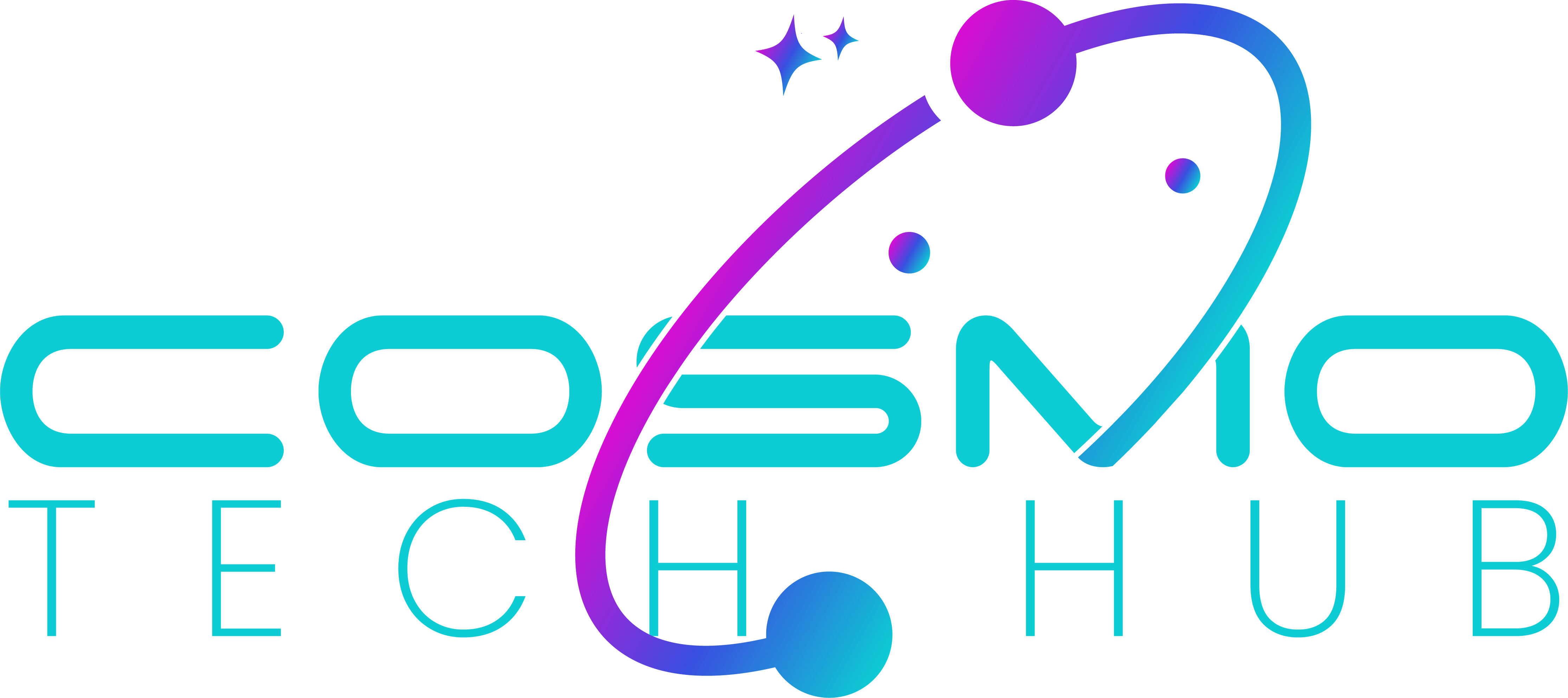Choosing between cloud and on-premise infrastructure is a crucial decision for any business. Cloud solutions offer scalability, remote access, and minimal upfront costs. On-premise systems, however, provide full control, direct data access, and enhanced customization. Companies must weigh operational needs against long-term IT strategies. While cloud is ideal for startups and rapidly growing teams, on-premise might be better suited for organizations with strict data governance requirements. Factors such as regulatory compliance, IT expertise, and budget flexibility all influence the decision. In this post, we’ll explore the pros and cons of each approach to help you determine what fits your business best.
Cloud computing operates on a subscription basis, where services are hosted by third-party providers and accessed via the internet. This eliminates the need for costly hardware and in-house maintenance. The flexibility to scale up or down as business demands shift makes cloud ideal for agile operations. However, cloud adoption also depends on stable internet connectivity and raises questions around data ownership and third-party dependency. Security and compliance features differ across providers, so businesses must carefully assess their service level agreements (SLAs). Understanding how your data is stored and protected in the cloud is essential before fully committing to the model.


On-premise infrastructure gives organizations complete control over their hardware, software, and data. It often suits enterprises with legacy systems or sensitive information that must remain within company premises. Although the initial investment is higher, it offers long-term ownership and deeper integration with internal processes. On-premise setups are also favored in industries with strict regulations, like finance or healthcare, where data control and security are paramount.
The decision between cloud and on-premise is rarely black and white. Hybrid models—where some systems remain on-site while others move to the cloud—offer flexibility and risk balance. Businesses can migrate core operations gradually while maintaining control over sensitive processes. Cost, performance, and reliability should all be considered. Cloud might reduce IT burdens, but on-premise delivers consistency and privacy. Your decision should align with your growth plans, compliance needs, and IT resource availability.
The way CosmoTech Hub complements us by always looking for the solution that provides the most value for our business case, makes CosmoTech Hub the ideal partner. One that really helps us achieve our goals. Partly because of this, we look confidently at the future and our cooperation.
Ultimately, the right choice depends on your organization’s unique goals and infrastructure maturity. Cloud and on-premise each have distinct advantages. Evaluate your current technology stack, budget constraints, and industry regulations before making a move. At CosmoTech Hub, we help businesses assess and implement the most strategic IT environments to support long-term success.








